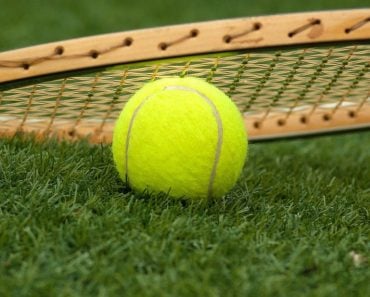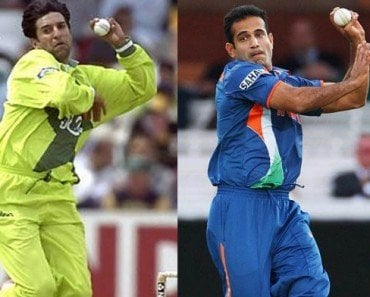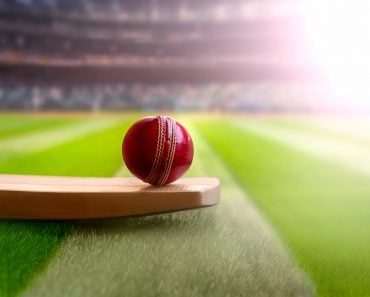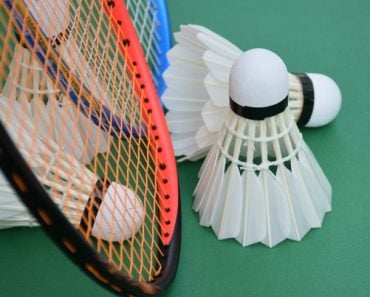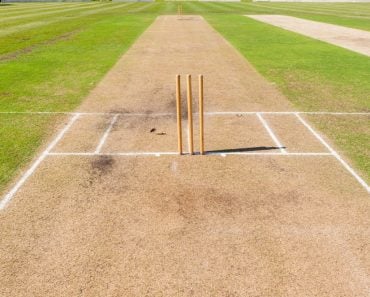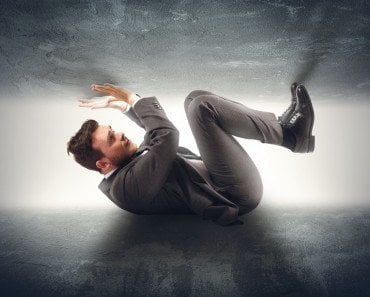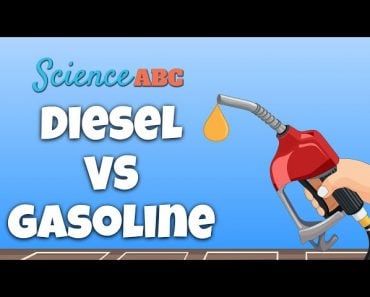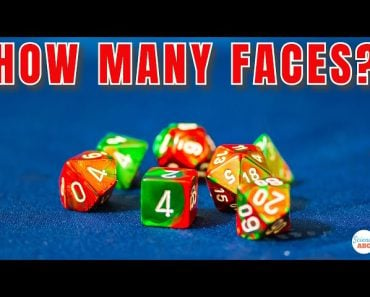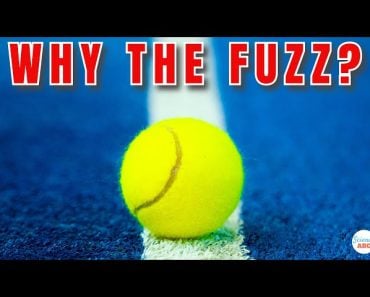Due to the difference in weight, internal air pressure and outer texture of the balls, it becomes difficult to play volleyball with a basketball ball or vice versa.
Two of the most popular games played across the globe are volleyball and basketball. Both games have their own set of rules, but the common thing between the two is the large size of the ball used in the games.
Have you ever tried playing volleyball using a basketball ball or basketball using a volleyball?
Why is it that specific ball types are used in these games and how do they make a difference?
Recommended Video for you:
Basic Performance Requirement Of The Ball
Assuming that we all know the basic rules of the game, let us first note the requirements of the balls used in volleyball and basketball.
In the game of volleyball, the ball should be:
1. Light enough so that it can be kept airborne;
2. Heavy enough so that it doesn’t change its direction easily due to wind while airborne
In the game of basketball, the ball should:
1. Bounce enough so that players can easily dribble the ball;
2. Provide a good grip for players to pass and hold the ball easily.
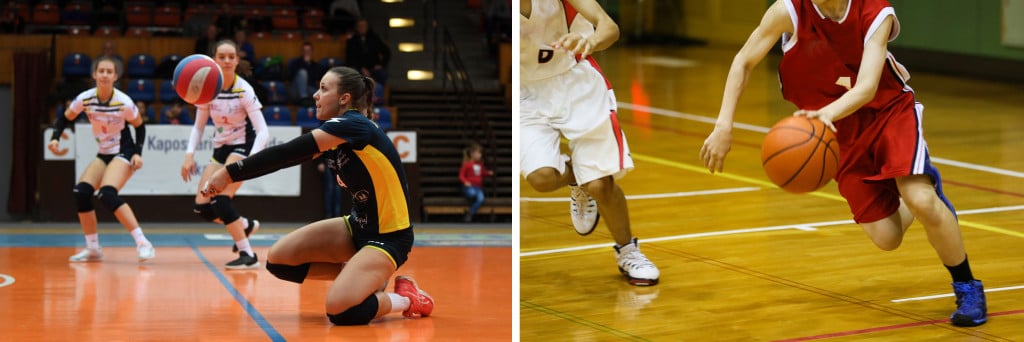
How Are The Balls Different?
The most prominent differences between the balls used for volleyball and basketball are (specific to balls used in professional-level games):
- Physical dimensions of the ball: A volleyball has a circumference of approximately 650-670 mm and weighs approximately 260- 280 gm. On the other hand, a basketball has a circumference of about 730-770 mm and weighs about 510- 620 gm.
- Pressure inside the ball: According to FIVB rules, the air pressure inside a volleyball should be around 4.2 to 4.6 psi, whereas the air pressure inside a standard basketball (as per NBA guidelines) is between 7.5 to 8.5 psi. We can say that’s close to double the pressure inside a volleyball.
- Outer structure: Basketballs have a large number of small bumps on the surface, whereas a volleyball will either have a smooth surface or a large number of small dimples (dents).
For detailed guidelines of balls used in volleyball (as per their official governing body: FIVB), follow this link.
For detailed guidelines of balls used in basketball (as per their official governing body: FIBA), follow this link.
Why Pressure Matters
As we saw above, a basketball ball has much higher air pressure than a volleyball.
A ball with higher air pressure tends to bounce more once it hits the surface, which is one of the major requirements of the ball used in basketball.
Let’s try to understand the logic behind this.
As we try to push more air into the ball, we are inserting more air molecules into a limited space, which increases the air pressure within the ball. When this ball hits a hard surface, the high air pressure within the ball doesn’t allow the ball to deform much.
Instead, the air molecules try to give a reaction force in the opposite direction, leading to a greater bounce. However, there is a limit to this air pressure, or else it would make the ball bounce more than the desired height.
By that logic, if we increase the pressure inside a volleyball ball, could we easily play basketball with it? Not exactly. That is where the outer structure of the ball comes into play.
How The Outside Structure Of The Ball Makes A Difference
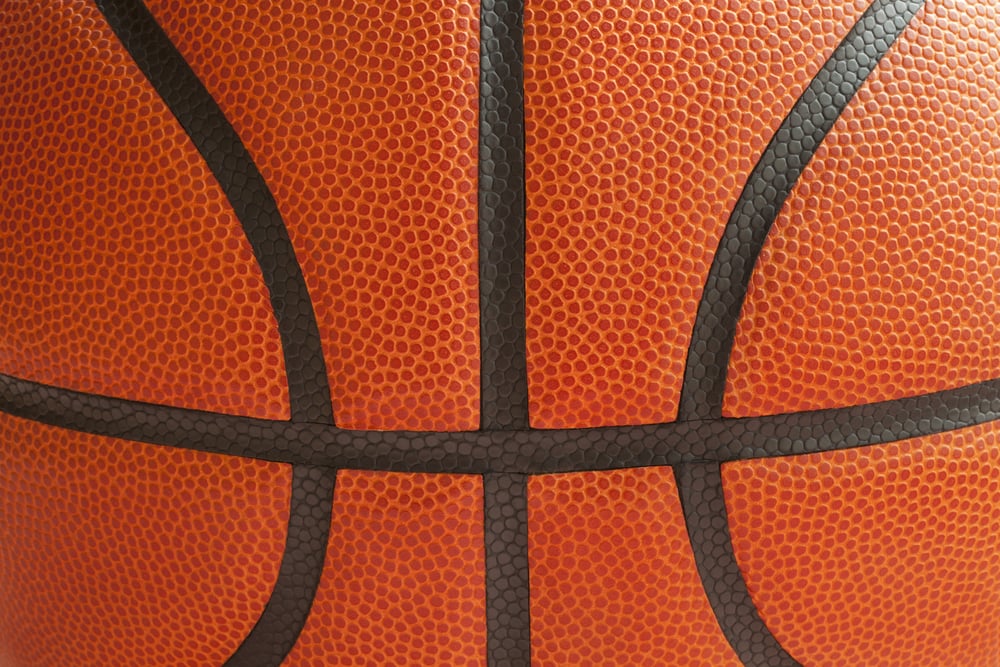
If you look closely, basketballs have a lot of small-sized bumps on their outer surface called pebbles. The purpose of these pebbles is to provide more surface area and more friction. This provides a better grip for players as they pass and hold onto the ball. On the other hand, a volleyball has dimples/dents on the surface, which would make it difficult to grip the ball easily if you were to play basketball with it.
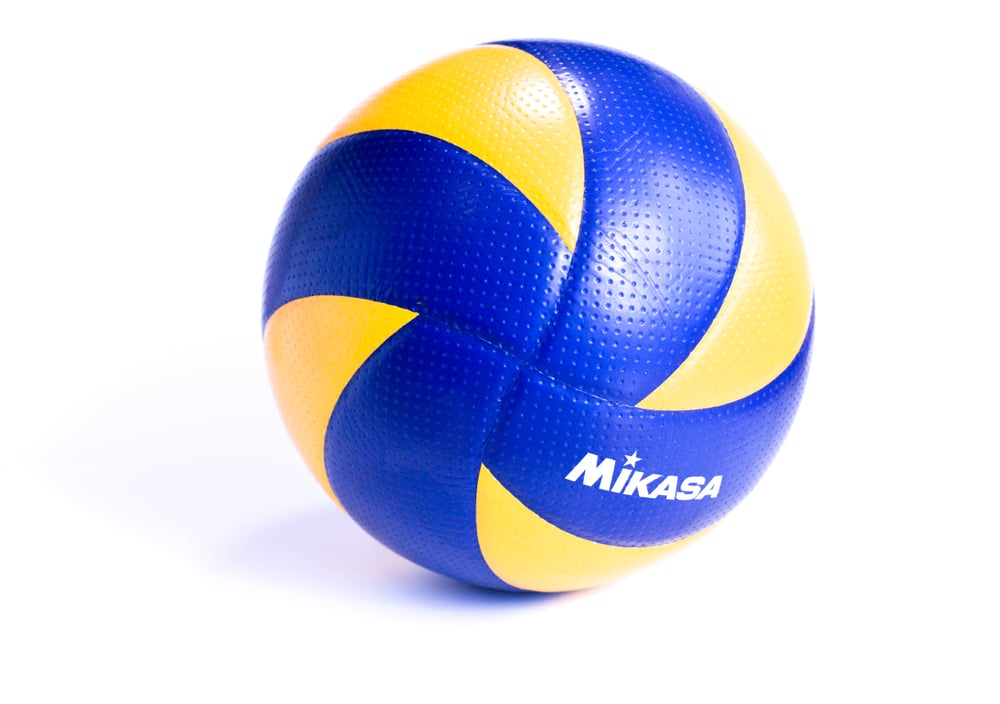
However, there is a reason for these dimples on the volleyball. We know that a volleyball should be kept airborne for a successful play. These dimples on the ball provide consistency in the flight of the ball, thus keeping it airborne more efficiently. If we use a basketball with pebbles to play volleyball, those pebbles will increase the friction with air, thus opposing the efficient flight of the ball.
Impact Of Weight
A volleyball must be hit with a player’s bare hands to keep it airborne, battling against gravity. If we replace it with a basketball, which is almost double its weight, we would have to apply a much greater force. Thus, more energy must be spent to make the ball cover the same distance. Also, a heavier ball hitting our hands as we try to return the ball could cause injury, or at least more discomfort over the course of the game. Clearly, for efficient play and safety, a lighter ball is preferred for playing volleyball.
Let’s Stick To The Guidelines!
In order to enjoy playing volleyball and basketball, it’s best to stick to the guidelines for the balls used in these sports, as per their respective governing bodies.
So, when you play basketball, use a ball with higher pressure to assist in dribbling, as well as a large number of pebbles, which assist in maintaining a good grip.
When you play volleyball, use a lightweight ball with dimples, as these provide consistency in flight to keep the ball airborne.
Next time you play either of these sports, it might be a good idea to consider the importance of the pressure, weight and texture of these balls and pay attention to how it impacts your game!

